Industry information
Company News
- Fluorocarbon aluminum veneer: the "fashionista" in the aluminum industry
- Hyperbolic aluminum veneer: a rising star in the aluminum industry, creating a new trend in modern architecture
- Fluorocarbon aluminum veneer: the fashionable choice for modern architecture?
- Fluorocarbon aluminum veneer: a perfect combination of architectural aesthetics and durability
- Aluminum veneer: the "fashionable coat" of modern architecture
Industry dynamics
- The charm of aluminum veneer: it's not just about its appearance!
- Aluminum veneer: not just sheet metal, it is a work of art in modern architecture
- Punched aluminum veneer: the finishing touch of architectural aesthetics
- Application and innovation of fashionable and trendy decorative perforated aluminum veneer in commercial space design
- Aluminum veneer punching, the fashion code of modern architecture
Frequently asked questions
- What is the sound absorption effect of aluminum veneer?
- Can the insulation function of aluminum veneer reduce the energy consumption of buildings?
- How does aluminum veneer provide the weather resistance required for modern buildings?
- What are the advantages of aluminum veneer compared to other building materials in modern architecture?
- What impact does aluminum veneer have on the durability of buildings?
contact us
Mobile:+86 15627778610
Email: 2201229786@qq.com
Address: No. 5 Binjiang Road, High tech Zone, Zhaoqing City, Guangdong Province
Why is aluminum veneer called a lightweight material?
- Author: Jinba Aluminum Industry (Guangdong) Co., Ltd
- Release time: February 21, 2025 01:48:14
- Click:0
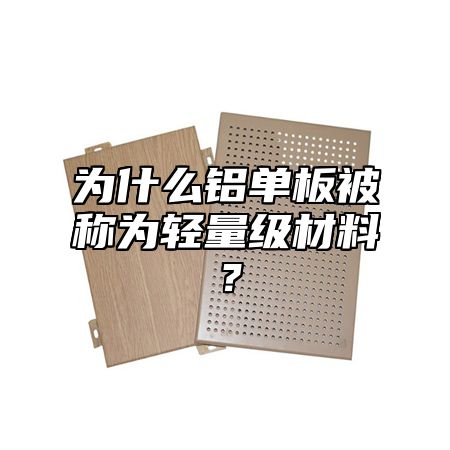
Aluminum veneerAs a commonly used exterior wall decoration material, its lightweight characteristics are deeply loved by people. Let's take a closer look at why aluminum veneer is called a lightweight material.
1、 Material characteristics of aluminum veneer
The main material of aluminum veneer is aluminum alloy, which has lower density and higher strength compared to other metal materials. Aluminum veneer also has good plasticity and processability, and can be designed in various shapes and sizes.
2、 Production process of aluminum veneer
The production process of aluminum veneer is also one of the key factors in achieving its lightweighting. Generally speaking, the production process of aluminum veneer includes cutting, stamping, spraying and other steps. In these processes, the use of advanced technology and equipment can effectively reduce the weight of aluminum veneer.
3、 Structural design of aluminum veneer
The structural design of aluminum veneer is also an important factor in achieving its lightweighting. When designing the structure of aluminum veneer, factors such as its usage environment and installation method need to be considered to ensure its stability and safety. It is also necessary to adopt a lightweight design concept, reduce unnecessary structural components and materials, in order to achieve the lightweight goal of aluminum veneer.
4、 Application fields of aluminum veneer
Aluminum veneer has a wide range of applications, including exterior walls, interior decoration, billboards, and other fields. Compared to traditional building materials such as brick walls and concrete, aluminum veneer has a smaller weight and lighter structure, which can reduce the self weight of buildings and lower their total cost.
5、 Precautions
When using aluminum veneer for architectural exterior design, the following points should be noted:
1. Respect historical culture: When choosing the color, pattern, and other aspects of aluminum veneer, it is necessary to respect historical culture and avoid inappropriate elements.
2. Reflecting a sense of the times: Architectural exterior design needs to have a modern and contemporary feel, and the design of aluminum veneer needs to meet this requirement.
3. Ensure construction quality: The installation of aluminum veneer requires professional technology and equipment, and the quality of construction directly affects its appearance and lightweight goals.
6、 Conclusion
Aluminum veneer is known as a lightweight material mainly due to its low density, high strength, as well as good plasticity and processability. By adopting advanced production processes, lightweight design concepts, and reasonable structural design, the goal of lightweighting aluminum veneer can be achieved. If attention is paid to decorative effects, thermal insulation performance, and durability, aluminum veneer can be chosen; If energy conservation and environmental protection are important, aluminum veneer can be chosen. Of course, when selecting materials, factors such as the actual engineering situation and budget also need to be considered.

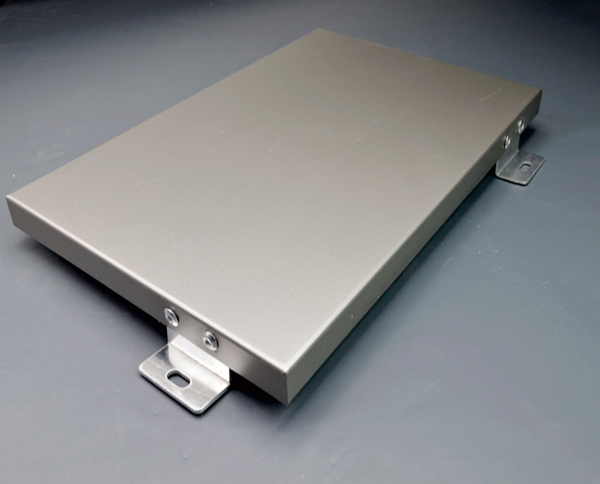
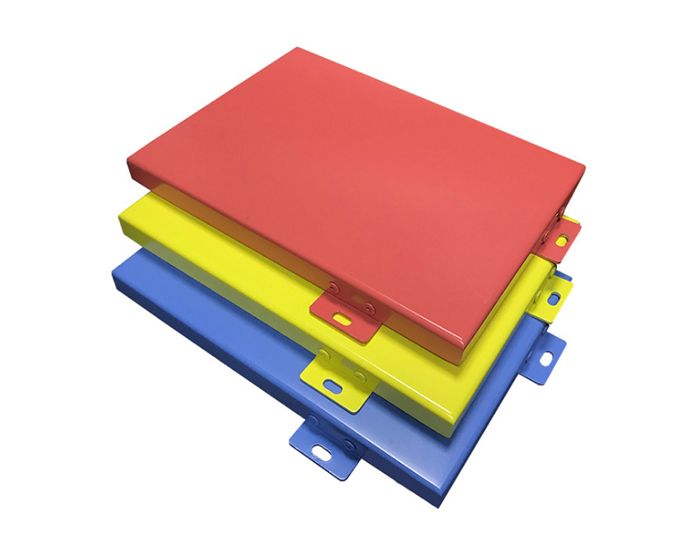
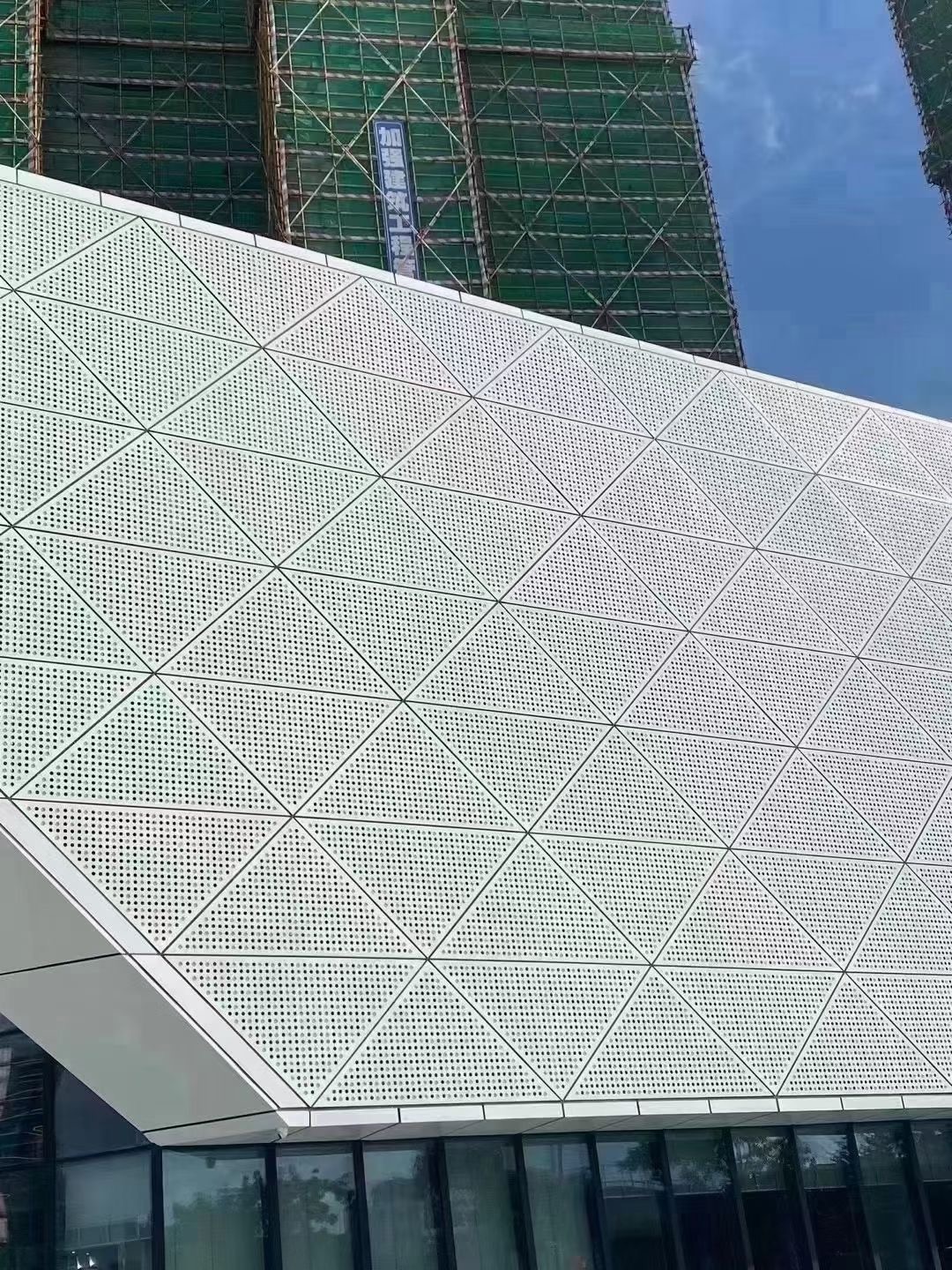
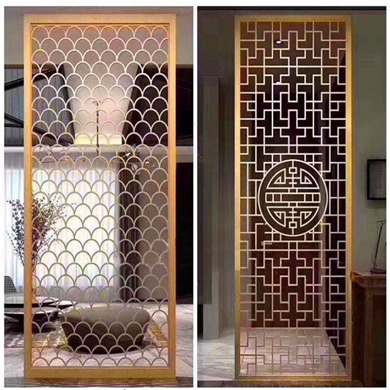
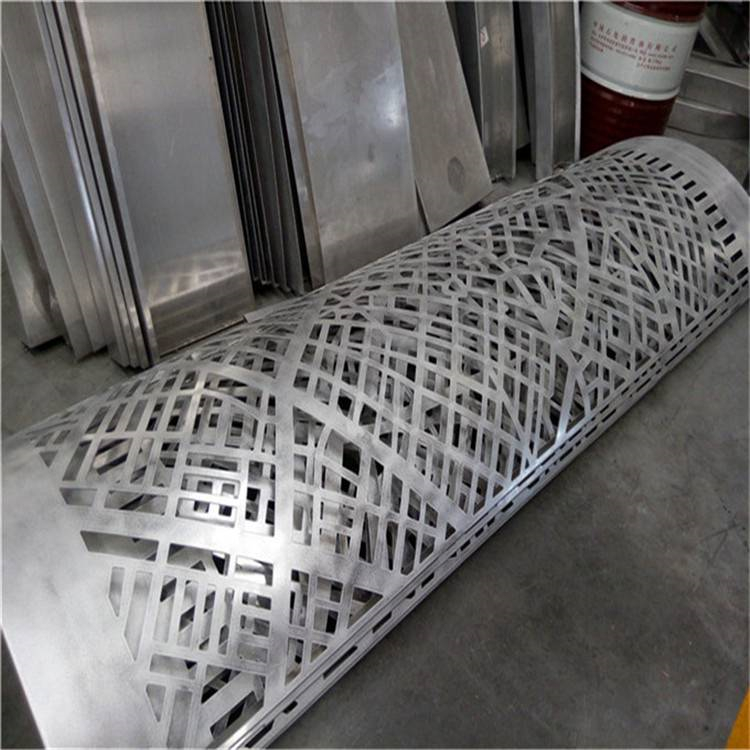

 Customer service QQ
Customer service QQ